Price transparency is the new rule of law in healthcare, and it can be a good thing. Shedding a bright light on the price of care for Americans gives today’s patients the information they need to budget their healthcare needs. It will also drive the competition among providers to put patients first, delivering a higher quality of care.
A healthy revenue cycle may seem like the byproduct of great healthcare, but the truth is it takes work. Outside factors influence it and while some of those are beyond control, many of them aren’t. While change can be difficult, revenue cycle teams like Healthcare Claims Management (HCM) know that embracing price transparency may be the key to a healthy revenue cycle going forward.
Transforming the model
The traditional healthcare model embodies a “care now, pay later” system that virtually destroys the revenue cycle. Patients rarely know the cost of services until well after they’ve received them. Giving patients an accurate estimate of healthcare costs on the front end allows them to plan accordingly rather than being surprised with a bill after receiving services.
Patients are far more likely to pay for healthcare services budgeted at the patient level and paid in a timely manner. Clearly stating a patient’s financial responsibility before rendering medical services also eliminates sticker shock and creates the opportunity for providers to collect at a portion of the payment upfront.
Patients can choose to pay the discounted cash price at the time of service or pay overtime when they understand their financial responsibility. Leveraging a strategic partner, like HCM, can help guide the patient journey after they leave the office, drives meaningful engagement, and increases revenue cycle performance.
Improving the cash conversion cycle
Providers will see a notable improvement in their cash conversion cycle as patients can adequately budget for their healthcare services and successfully navigate the turbulent waters of their medical bills. The average cash conversion cycle in the healthcare industry is currently 64 days if payment is received at all.
In the face of rising out-of-pocket expenses, patient bad-debt write-offs can sometimes represent as much as 35% of organizational revenue. In a reimbursement climate where up to 75% of organizational assets are represented in accounts receivable, satisfied patients who pay their bills in full are an asset to the healthcare revenue cycle. Price transparency gives today’s patients the information they need to pay their medical bills, and HCM can provide customized solutions to maximize your collections.
Creating a competitive healthcare market
Today’s consumerized healthcare patients are demanding more bang for their buck, and price transparency allows them to shop for it. As prices for services are publicly posted for consumer patients, it creates a more competitive capitalized market. The competition will drive costs down, creating incentives for providers to put patients first. Prospective patients can not only gather information about the quality of care they want to receive but also shop for the best value and budget for it in advance.
When it comes to revenue cycle management, it’s important to use all the tools available to improve outcomes. Involving HCM as a strategic partner can help humanize the process and guide consumers on their journey between healthcare visits. We use a myriad of technologies that blend seamlessly into the existing infrastructure to create a patient-facing landscape built for meaningful engagement.
HCM is committed to providing a world-class patient experience. If your organization is pursuing price transparency and you want a strategic partner to help manage your revenue cycle so you can focus on meaningful patient value, contact us today.



